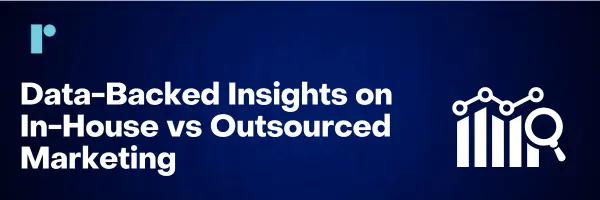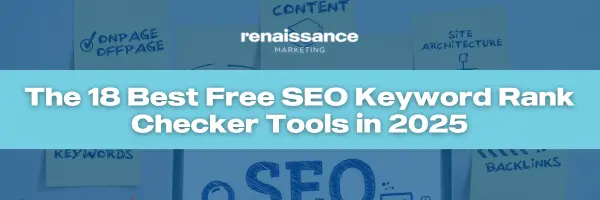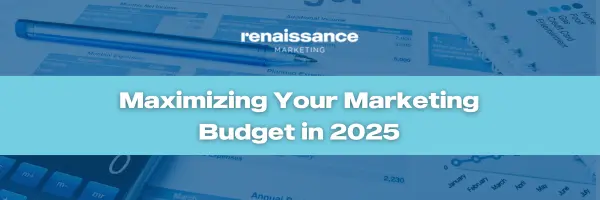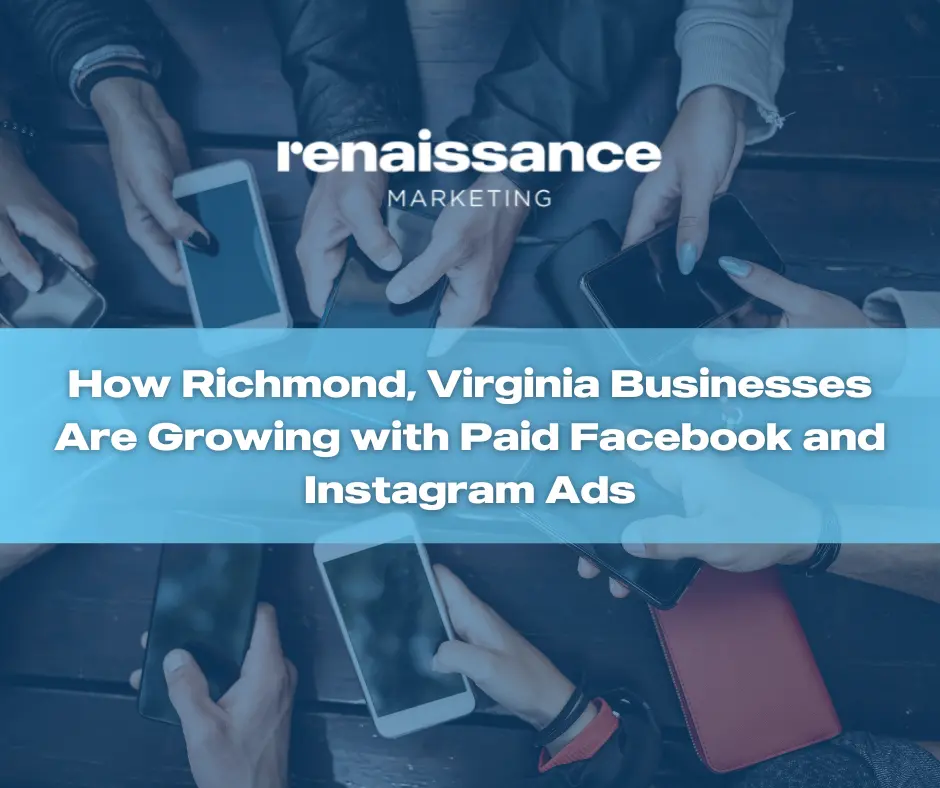Table of Contents
- 1 How an Agency Boosts Performance Marketing ROI
- 2 In-House vs Outsourced SEO Teams for Organic Traffic
- 3 Why an In-House Team Elevates Brand Marketing
- 4 The Hybrid Marketing Model for Mid-Sized Businesses
- 5 In-House vs. Outsourcing Marketing: Which Do You Choose?
- 6 Key Questions to Guide Your Marketing Strategy
- 7 Deciding on the Right Mix for Your Company
Businesses in the $5 million to $100 million revenue range often weigh whether to build an internal marketing team or tap external specialists. It’s a pivotal decision that can shape lead generation, brand reach, and overall ROI. Below, you’ll find data points and practical guidance to help you pinpoint the approach that best fits your goals.
TL;DR: Mid-sized companies face a strategic choice between internal teams, external agencies, or a blend of both—each path can influence ROI and brand growth.
How an Agency Boosts Performance Marketing ROI
Agencies often work across multiple industries, which sharpens their ability to spot new trends and test innovative tactics. A recent Gartner report1 noted that organizations relying on agency-led performance marketing saw a 30% lift in digital ad ROI over 12 months compared to in-house-only teams. Having experts on paid advertising, conversion rate optimization, and analytics allows for rapid pivots when market conditions shift—something that’s often tougher to pull off with a smaller internal team.
TL;DR: Agency-led campaigns often generate quicker, higher returns due to specialized expertise and the ability to pivot swiftly.
In-House vs Outsourced SEO Teams for Organic Traffic
According to a HubSpot survey2, businesses that outsource SEO often see a 25–30% improvement in organic traffic after six to twelve months, while in-house teams typically report closer to 15–20% in that same timeframe. The difference largely comes down to bandwidth and depth of expertise. SEO agencies handle projects across multiple industries, exposing them to ever-changing best practices and fresh strategies.
Cost-wise, the difference can be significant. Bringing an experienced SEO professional on board can run you $60,000–$90,000 annually in base salary (Glassdoor averages), not including benefits and ongoing training. Agencies, on the other hand, often charge a monthly retainer ranging from $2,000 to over $10,000, depending on scope and complexity. While that might seem steep, it can be more predictable and scalable than hiring multiple specialized staff in-house.
In-House Marketing: Pros and Cons
Advantages:
- Brand Alignment: An internal team is fully immersed in your company culture and messaging, ensuring consistency across all channels.
- Faster Internal Communication: In-house marketers can collaborate with other departments seamlessly, eliminating the delays that come with external teams.
- Long-Term Investment: Hiring an in-house team can be more cost-effective over time, especially if marketing is a core driver of business growth.
Disadvantages:
- Limited Expertise: Internal teams may lack the specialized skills that agencies bring in areas like PPC, SEO, and conversion rate optimization.
- Higher Fixed Costs: Salaries, benefits, and ongoing training add up, making an in-house team a significant long-term investment.
- Scalability Challenges: Expanding an internal team takes time, while agencies can quickly ramp up efforts based on business needs.
Outsourced Marketing: The Pros and Cons
Advantages:
- Access to Unparalleled Expertise: Agencies bring specialists with deep expertise in SEO, PPC, and analytics, ensuring the latest strategies are implemented effectively.
- Cost-Effectiveness: Outsourcing eliminates overhead costs associated with full-time salaries, benefits, and ongoing training.
- Scalability and Flexibility: Businesses can scale efforts up or down based on seasonal demand without long-term commitments.
- Advanced Tools and Technologies: Marketing agencies invest in premium software for data analysis, automation, and reporting, reducing the need for in-house tech investments.
- Focused Strategy and Innovative Approaches: External teams work across industries and can provide fresh perspectives and innovative strategies that in-house teams may not have encountered.
Disadvantages:
- Less Brand Control: Working with an external agency means relinquishing some control over branding and messaging, which can lead to inconsistencies if not managed properly.
- Communication Barriers: External teams may not be as deeply integrated into your company culture, leading to potential misalignment in goals and execution.
- Higher Long-Term Costs: While outsourcing can be cost-effective in the short term, ongoing agency retainers and project fees can add up over time, sometimes exceeding the cost of an in-house team.
- Dependency on Third-Party Expertise: Over-reliance on an agency can make it challenging to build internal marketing capabilities, leaving a company vulnerable if the partnership ends or the agency underperforms. External teams work across industries and can provide fresh perspectives and innovative strategies that in-house teams may not have encountered.
TL;DR: Outsourcing SEO typically leads to faster organic growth and may be more cost-efficient than maintaining a dedicated in-house team.
Why an In-House Team Elevates Brand Marketing
Having a dedicated crew that lives and breathes your mission makes a huge difference. An internal group becomes steeped in company culture, speeding up collaboration and enhancing authenticity in messaging. A LinkedIn study3 found that companies with strong in-house brand management reported 20% higher customer loyalty over a three-year span compared to those that fully outsourced creative and brand positioning. By aligning quickly on messaging, your brand voice can resonate more powerfully with customers.
TL;DR: An internal brand-focused team can deepen customer loyalty and strengthen authentic messaging through close cultural alignment.
The Hybrid Marketing Model for Mid-Sized Businesses
For many mid-sized businesses, a hybrid approach provides the best of both worlds. By maintaining an in-house team for brand consistency and outsourcing specialized tasks, companies can maximize efficiency while controlling costs. This model allows businesses to scale efforts dynamically, adapting to market changes without overburdening internal resources. Companies often outsource areas such as paid media, technical SEO, and analytics while keeping content creation and brand messaging in-house. Many organizations discover a blend of in-house and outsourced resources works best:
- In-House Leadership
A marketing director or VP who sets strategy, tracks KPIs, and supervises internal team members. - In-House Creatives
Content creators, graphic designers, and social media leads who stay close to the brand’s voice and culture. - Outsourced Performance Specialists
Specialists in paid search, SEO, and analytics often deliver stronger ROI when outsourced. This setup avoids overhead and training costs for multiple in-house roles.
In-House vs. Outsourcing Marketing: Which Do You Choose?
Selecting the right marketing approach depends on your business’s needs, budget, and long-term growth strategy. If brand control and cultural alignment are top priorities, building an in-house team may be the best fit. However, if cost-effectiveness, scalability, and access to specialized skills are more critical, outsourcing can provide a strong return on investment. A hybrid model may work best for companies looking to balance brand consistency with specialized expertise.
TL;DR: Combining in-house brand leadership with outsourced performance experts often yields the most balanced ROI and efficiency.
Key Questions to Guide Your Marketing Strategy
- How quickly do you need results?
An agency can typically ramp up campaigns faster, while a new in-house team may need time to sync and develop processes. - What resources do you have for recruiting?
Building an internal team requires hiring and retaining diverse skill sets—a process that can stretch HR capacity. - Is brand authenticity your top priority?
An internal team can serve as culture champions. Outsourcing works too, but it demands clear communication and trust to maintain consistency. - Are you prepared to invest in specialist training?
Marketing evolves constantly, particularly in performance channels. Agencies handle their own training, while in-house teams bear those costs directly.
TL;DR: Evaluate your time-to-market needs, recruiting capacity, brand goals, and training investments to determine your best marketing setup.
Deciding on the Right Mix for Your Company
The choice to handle marketing fully in-house, fully outsource, or craft a hybrid approach depends on your strategic goals and internal bandwidth. If you’d like help mapping out a plan, we’re here to guide you.
- I’m ready to outsource all or some of my marketing
- I want to build a seriously effective in-house marketing team
Renaissance Marketing supports both approaches—or a tailored blend—so you can maximize results without sacrificing control or authenticity.
TL;DR: No single model fits every company. The right approach depends on your specific objectives, available resources, and appetite for rapid scaling.
References:
- Gartner CMO Spend Survey 2022: https://www.gartner.com/en/marketing/insights/articles/cmo-spend-survey-2022
- HubSpot “State of Marketing” Report (updated annually): https://www.hubspot.com/state-of-marketing
- Edelman-LinkedIn study: https://www.edelman.com/expertise/Business-Marketing/2024-b2b-thought-leadership-report




